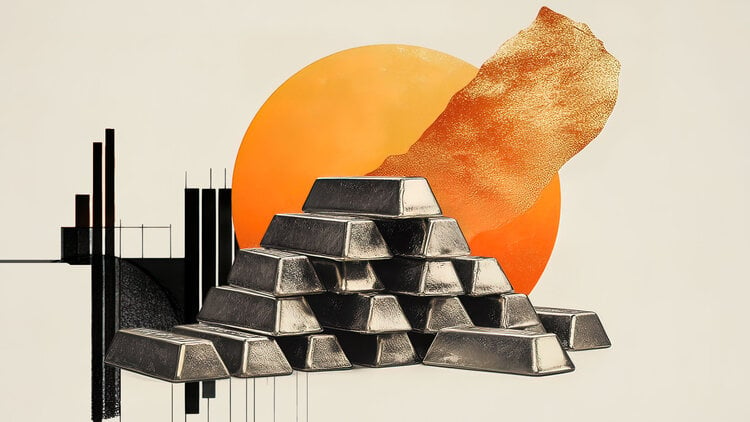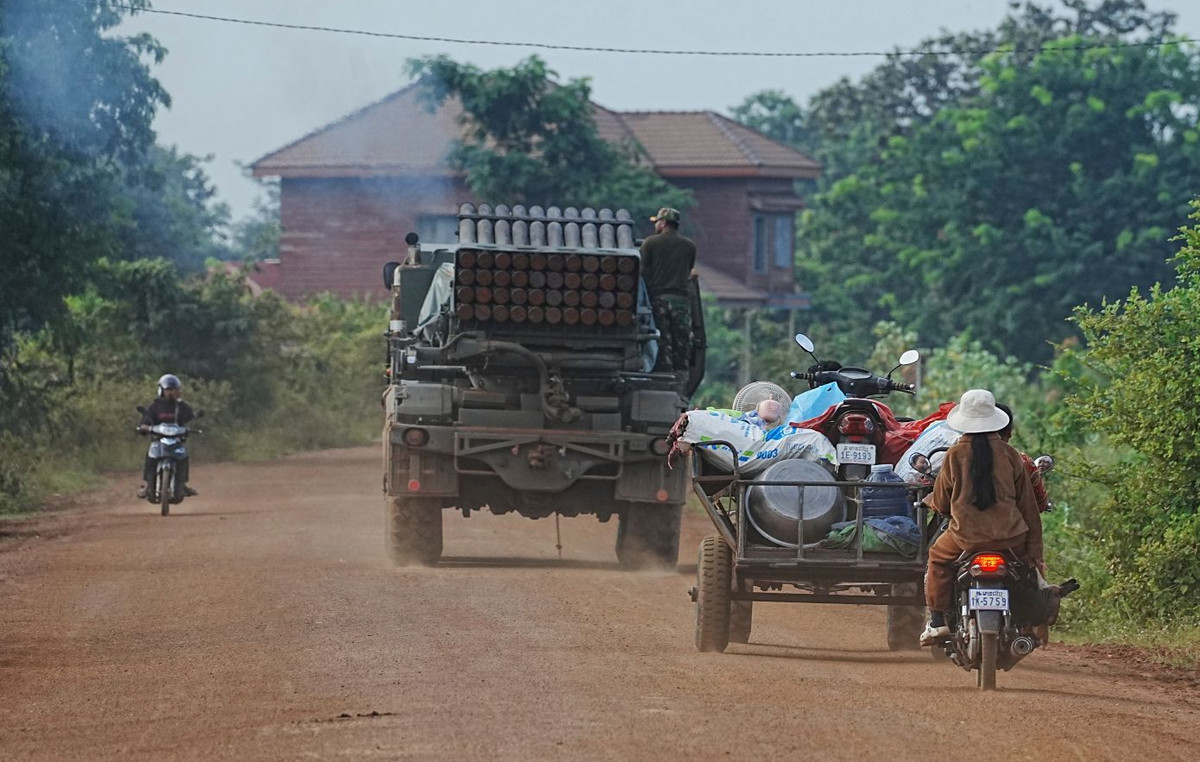A new extratropical cyclone formed this Monday (4) in southern Brazil and should cause heavy rain, strong gusts of wind and even hail in the states of the region, according to Climatempo.
The formation of the system, throughout the day, will cause a cold front that should reach the Southeast coast during the night. The instability, the entry of moisture and the circulation of winds should also cause rain in Mato Grosso do Sul.
The National Institute of Meteorology (Inmet) of the Ministry of Agriculture and Livestock issued some alerts for the South due to the formation of this new cyclone.
- storm hazard
The entire area of Rio Grande do Sul and Santa Catarina, in addition to the southern portion of Paraná, is under warning of storm danger. The forecast is for rain of up to 100 mm. The agency warns of the risk of power outages, damage to plantations, falling trees and flooding.
- Great danger of rain accumulation
The alert intensifies in the central region of Rio Grande do Sul, a region that should receive more rain this Monday. There is a great risk of large floods and river overflows, large landslides on slopes.
- Potential storm hazard
Paraná, São Paulo and Mato Grosso do Sul are also under storm warning, but they should only suffer the effects of the cold front caused by the cyclone at the end of the day. The forecast is for up to 50 mm of rain and winds of a maximum of 60 km/h in these areas.
What to do during storms?
Inmet advises that the population seek the Civil Defense of their region in case of any emergency and gives some tips on how to deal with the storms that should hit the south of Brazil this Monday. Look:
- Turn off electrical appliances, general power board.
- Note changes in the slopes.
- Stay in a sheltered location.
- In case of a flood or similar situation, protect your belongings from the water by wrapping them in plastic bags.
- In case of gusts of wind: do not take shelter under trees, as there is a risk of falling and electrical discharges and do not park vehicles close to transmission towers and advertising signs.
- Get more information from the Civil Defense (phone 199) and the Fire Department (phone 193).
Are cyclones more frequent?
The formation frequency of extratropical cyclones is not above normal, as explained by meteorologist Maria Clara Sassaki in an interview with CNN . According to specialists, what has changed is the intensity of the systems.
“The waters of the oceans are warmer than normal and this increases the intensity of extratropical cyclones, which is why we have drawn attention to these systems that come with gusts of wind above normal, storms very close to each other. Warmer water serves as fuel for these low-pressure areas to gain intensity,” he explained.
See also: Understand how an extratropical cyclone behaves
Source: CNN Brasil
I’m James Harper, a highly experienced and accomplished news writer for World Stock Market. I have been writing in the Politics section of the website for over five years, providing readers with up-to-date and insightful information about current events in politics. My work is widely read and respected by many industry professionals as well as laymen.







